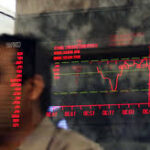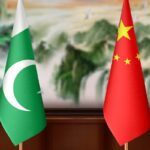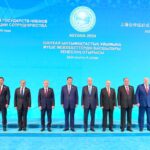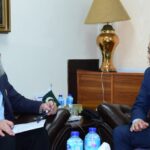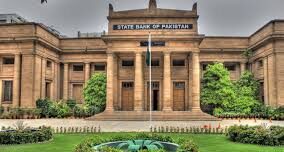Karachi, September 25, 2019: Foreign capital inflows are expected to increase foreign direct investment should revive as investors’ confidence is restored. Investor’s confidence to revive after government plans to implement IMF program.
This should also help bring additional finance from multilateral institutions and other international partners along with the activation of a Saudi oil facility with potential disbursements of $1 billion in the current fiscal year.
These developments are expected to raise foreign exchange reserves to reach more than $10 billion by the end of FY2020. Inflation remained elevated at the start of FY2020 at 9.4 percent in July and August
Inflation rate to be around 12 percent in FY2020, Inflation to move up on planned hike in domestic utility prices, Taxes introduced in the FY2020 budget, and the lagged impact of currency depreciation.
Fiscal consolidation under IMF program aims to reduce the large public debt, government aims to increase on social spending and establish a flexible exchange rate regime.
Economy is expected to slow further, with GDP growth projected at 2.8 percent in FY2020. Fiscal adjustments are expected to suppress domestic demand.
Demand contraction will keep growth in manufacturing subdued and Agriculture is expected to recover from weather-induced contraction this year. Incentives from government to boost agriculture production.
Budget assumes tax revenue increased to equal 14.3 percent of GDP with nontax revenue projected at 2.3 percent of GDP in FY2020. Total revenue is expected to increase to 16.6 percent of GDP. Expenditure in FY2020 is projected to equal 23.8 percent of GDP with an increase of 1.8 percent. Budget deficit in FY2020 is expected to equal 7.2 percent of GDP—still large.
GDP will be 1.7 percent lower than the FY2018 outcome. Financing is expected to come mostly from external and non-bank sources. Government announced that it would not borrow from the central bank toward financing the budget deficit in FY2020. Resource allocation indicates a shift toward external borrowing.
Net external financing estimated at PRs1.8 trillion, or 4.2 percent of GDP. Financing from nonbank sources is projected at PRs833 billion, or 1.9 percent of GDP. Current account deficit is projected to narrow further to 2.8 percent of GDP in FY2020. Import payments will remain subdued, reflecting weak economic activity and the pass-through of past rupee depreciation against US dollar.
The real effective exchange rate is now thought to be near equilibrium, and a lower and more stable rupee is expected to improve export competitiveness.






















































































